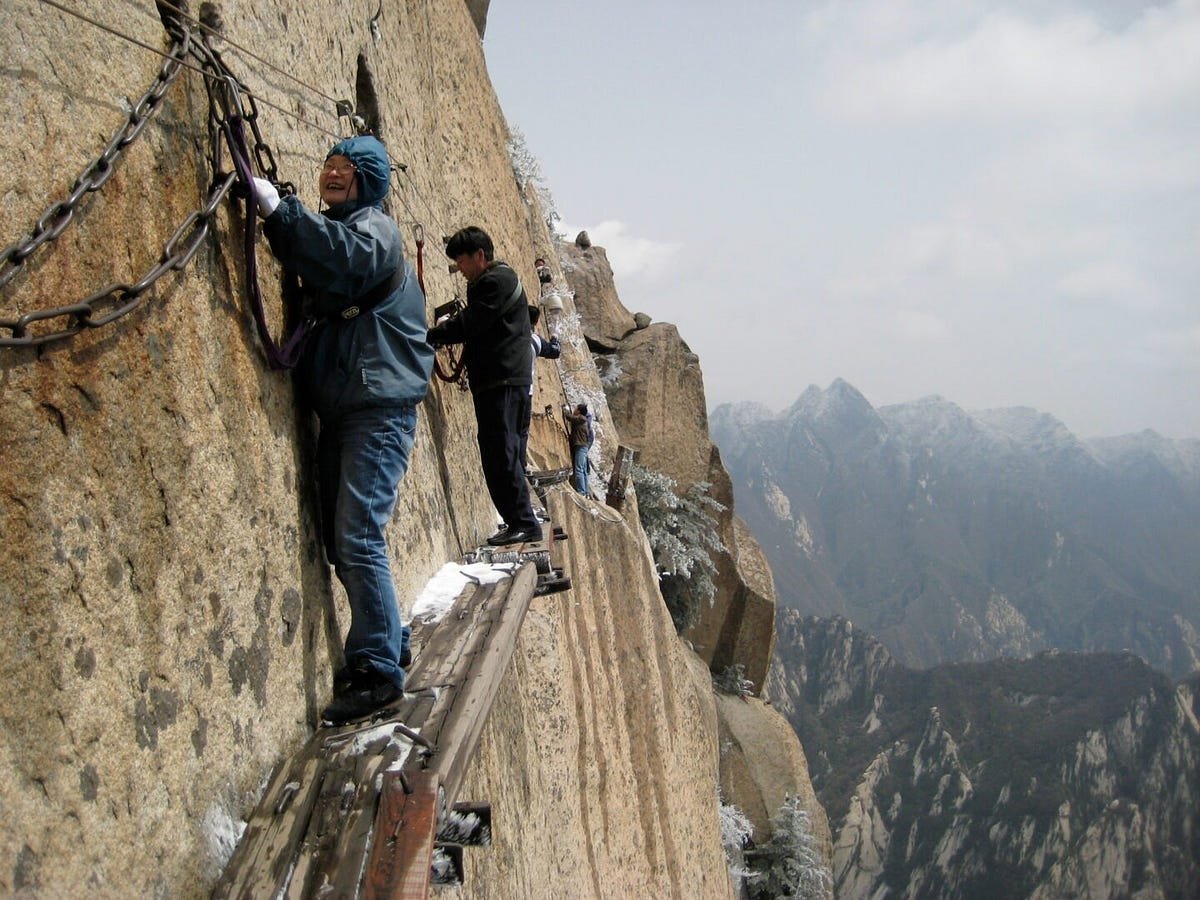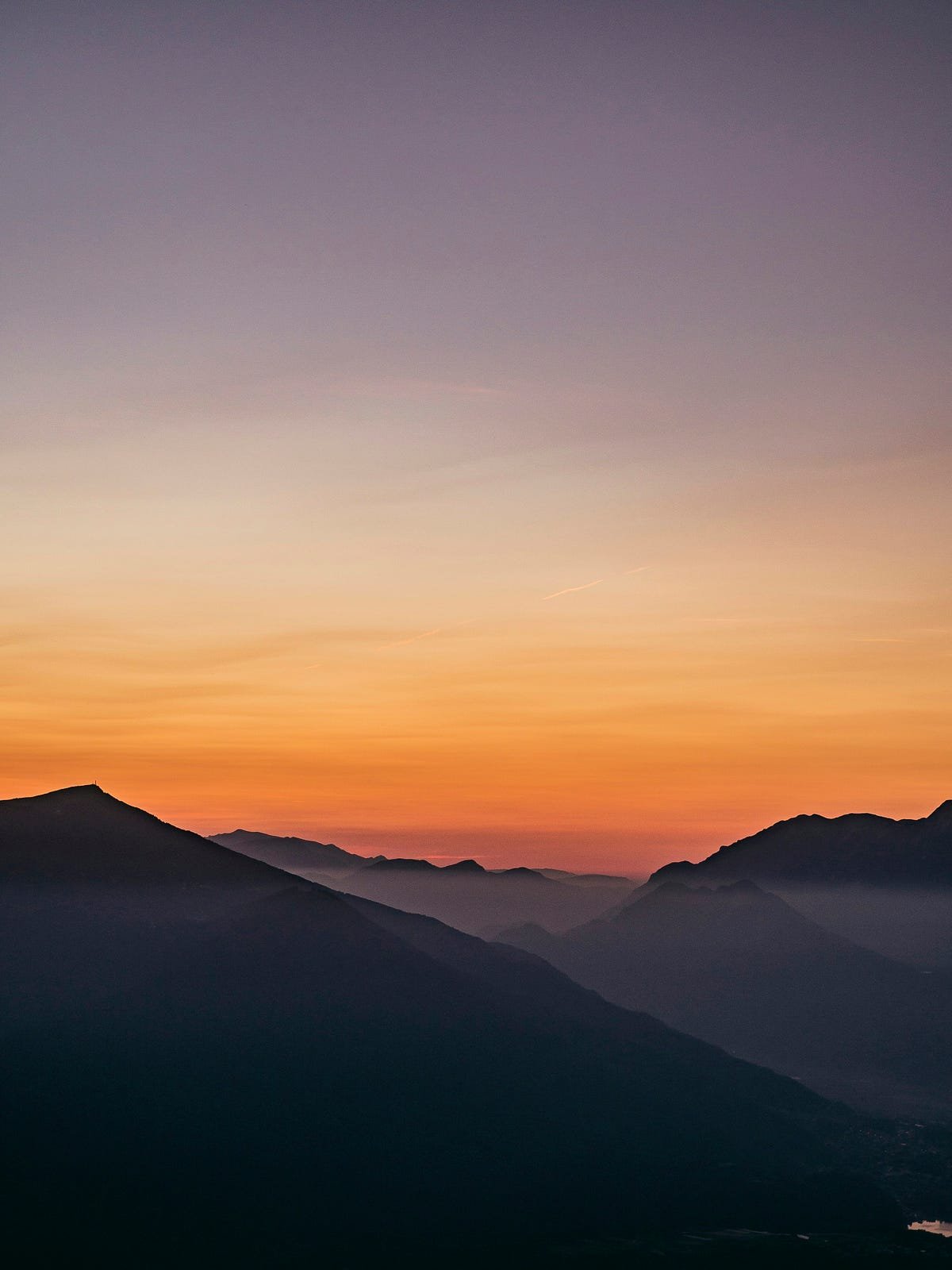The Moment Everything Changed: My Close Call That Taught Me Why Cliff Safety Matters | by Mount Rainier Rising | Jul, 2025

Photo: Canadian Geographic — Sometimes the most beautiful views come with the greatest risks
It was supposed to be a simple sunset hike. The kind of spontaneous adventure that makes for great Instagram posts and even better memories. I had driven down to Big Sur on a whim, drawn by reports of spectacular cliff-side views that promised the perfect end to a stressful week. What I got instead was a lesson in humility that I’ll never forget.
The trail started innocently enough — well-marked, moderately challenging, with glimpses of the Pacific Ocean teasing me through the coastal fog. I was feeling confident, maybe even a little cocky. After all, I’d been hiking for years, had decent gear, and considered myself reasonably experienced. That confidence would prove to be my biggest mistake.
As I approached what locals call “Photographer’s Point” — a dramatic outcropping that offers unobstructed views of the coastline — I made my first critical error. The official trail curved away from the cliff edge, maintaining a safe distance from the dramatic drop-off. But I could see a faint social trail that led directly to what looked like the perfect vantage point.
The allure of the perfect photo often overrides common sense
The evening light was golden, casting everything in that magical glow that photographers dream about. I pulled out my phone and started snapping photos, gradually working my way closer to the edge. Each shot looked better than the last, and I found myself taking “just one more step” to get the perfect angle.
That’s when I heard it — a sound like distant thunder, but coming from beneath my feet. The ground I was standing on, which had seemed solid moments before, suddenly felt different. Softer. More… flexible.
What happened next unfolded in slow motion. The edge of the cliff — the very spot where I had been planning to take my next photo — suddenly wasn’t there anymore. A massive chunk of sandstone, probably weighing several tons, simply detached from the cliff face and tumbled into the void below. I watched in horror as rocks and debris cascaded down the cliff face, taking with them the exact spot where I would have been standing in another thirty seconds.
I scrambled backward, my heart hammering so hard I thought it might burst. My legs were shaking so violently that I had to sit down on the trail, twenty feet back from where the edge now stood. As I sat there, trying to process what had just happened, I realized how completely unprepared I had been for this possibility.
Proper safety equipment and planning can mean the difference between adventure and disaster
Sitting on that trail, watching the sun set over the Pacific from a much safer distance, I realized how many things I had done wrong. I hadn’t researched the specific hazards of the area. I hadn’t told anyone exactly where I was going. I didn’t have proper emergency communication equipment. Most importantly, I had let the desire for a perfect photo override my judgment about safe distances from cliff edges.
That evening marked a turning point in my approach to outdoor adventures. I spent the following weeks researching everything I could about cliff safety, talking to experienced climbers, and learning from people who had made similar mistakes and lived to tell about it. What I discovered was both sobering and empowering — while cliff environments present serious dangers, most accidents are entirely preventable with proper knowledge and preparation.
My close call at Big Sur didn’t end my love affair with cliff-side hiking — if anything, it deepened my appreciation for these magnificent environments. But it fundamentally changed how I approach them. I now understand that respecting cliffs means more than just staying back from obvious edges. It means understanding soil composition, weather impacts, seasonal variations, and having the right equipment and knowledge to handle emergencies if they arise.
The most valuable lesson wasn’t about any specific technique or piece of equipment — it was about humility. Nature doesn’t care about your hiking experience, your confidence level, or how great your photos might look. It operates by its own rules, and those rules demand respect.
If you’re planning your own cliff-side adventures, please don’t make the same mistakes I did. Take the time to educate yourself properly. Understand the specific risks of the areas you plan to visit. Invest in appropriate safety equipment and, more importantly, learn how to use it effectively.
After my experience, I discovered this comprehensive resource that covers everything I wish I had known before that day at Big Sur. It includes detailed safety protocols, equipment recommendations, and real-world strategies from experienced mountaineers and rescue professionals.
Read the Complete Cliff Safety Guide
The cliffs will always be there, waiting with their spectacular views and hidden dangers. But with proper preparation and respect for their power, you can enjoy these magnificent environments safely. Trust me — the views are even more beautiful when you’re not worried about whether the ground beneath your feet is about to give way.
Stay safe out there, and remember: the best adventure story is the one you live to tell.

